 Lotus will this year end production of the Elise, Exige and Evora models as it gears up for production of its new sports car series.
Lotus will this year end production of the Elise, Exige and Evora models as it gears up for production of its new sports car series.
The new car, now officially confirmed to carry the development name ‘Type 131’, will go into prototype production at the British firm’s HQ this year. It is not yet clear whether customer examples will hit showrooms before 2021 is out.
The announcement sees the phase-out of what was arguably one of the Lotus’s most important and iconic models: the Elise. First launched in 1995, it pioneered the use of an extruded and bonded aluminium chassis, which it still uses today.
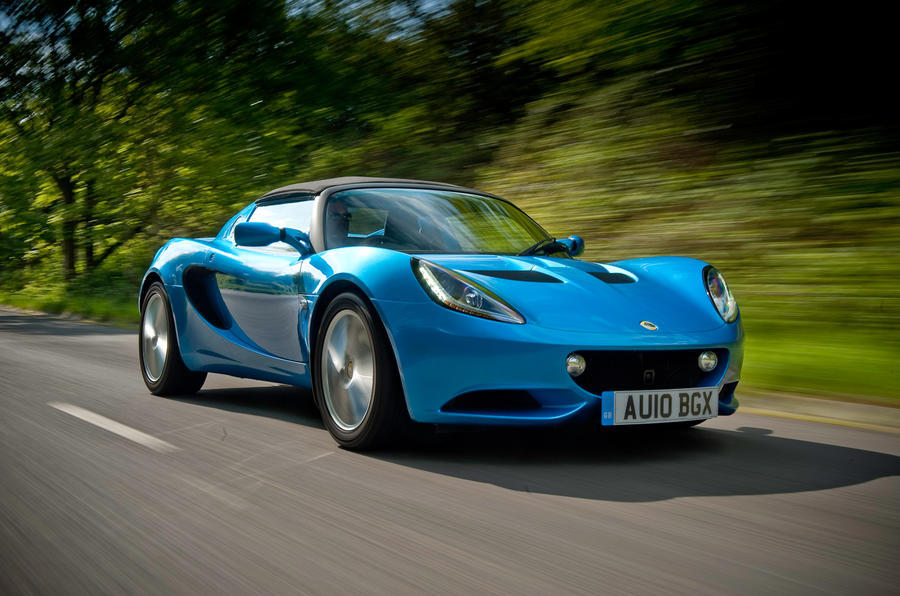
However, Lotus has indicated that “a new generation of products” will follow the Type 131 and replace the three departing sports cars. It is not yet fully clear if these will be direct replacements or distinct new models.
Lotus has invested AUD$177 million to upgrades its factory as part of its Vision80 strategy, and is planning to recruit 250 new employees to help build the new car and outfit subsidiary Lotus Engineering’s new base. This is on top of the 670 employees who have joined Lotus since Chinese car making giant Geely took ownership.
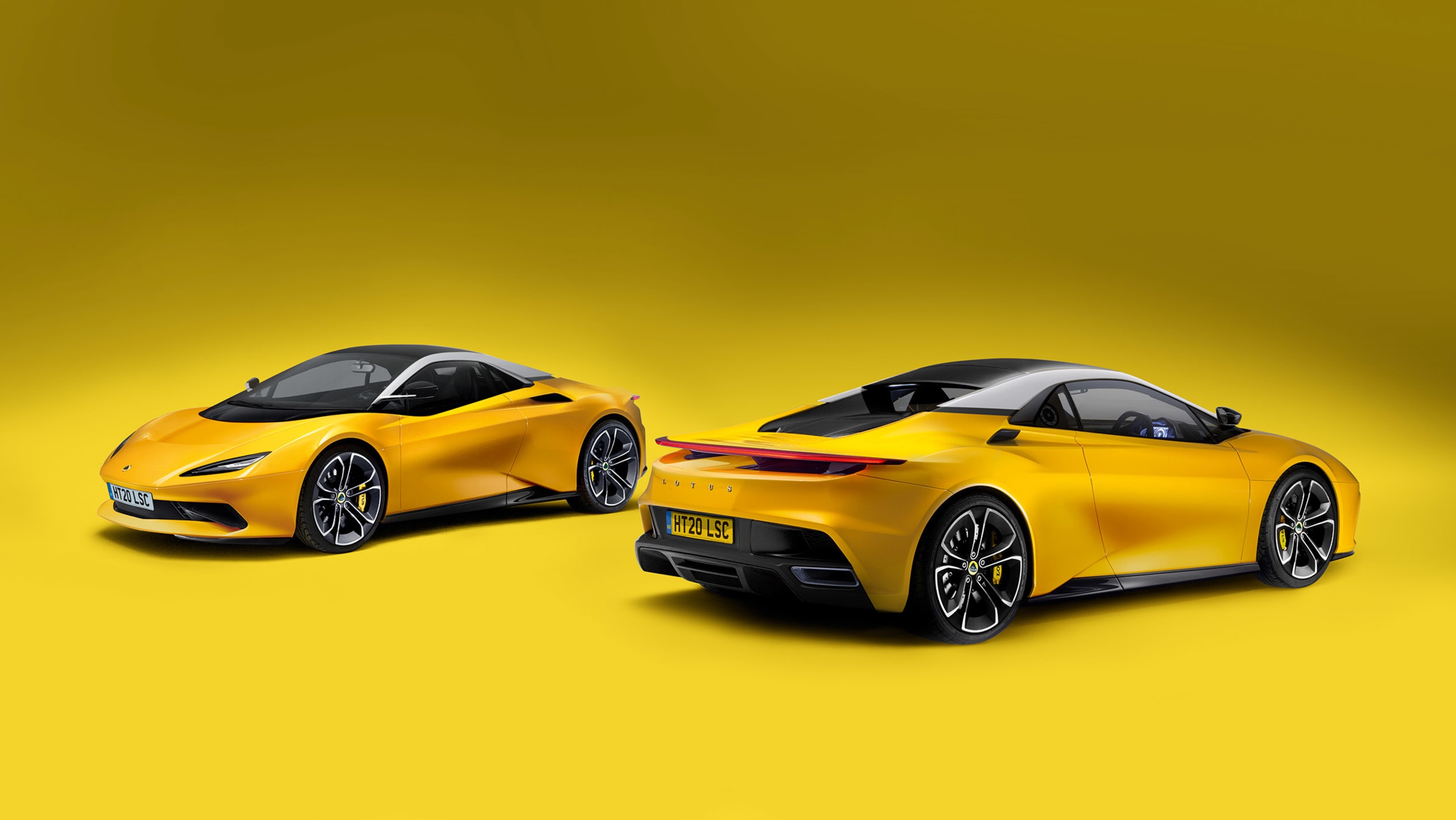 While Lotus has provided no official details of the Type 131, as previously reported the new model will sit above the outgoing Evora and makes use of a V6 powertrain mated to an in-house hybrid system. Although it may not revive the name, the model is said to be in the spirit of the classic Esprit.
While Lotus has provided no official details of the Type 131, as previously reported the new model will sit above the outgoing Evora and makes use of a V6 powertrain mated to an in-house hybrid system. Although it may not revive the name, the model is said to be in the spirit of the classic Esprit.
The three models that enter their final year of production as a result of the new model’s introduction will retain prominent positions in Lotus’ history books.
Alongside the pioneering and popular Elise, the Exige which followed in 2000 was a hard-top, hardcore track-focused version of the Elise, which again remains relatively unchanged today. The Evora, which debuted in 2008, took Lotus back into the super sports car sector and proved a genuine challenger to Porsche’s 911.
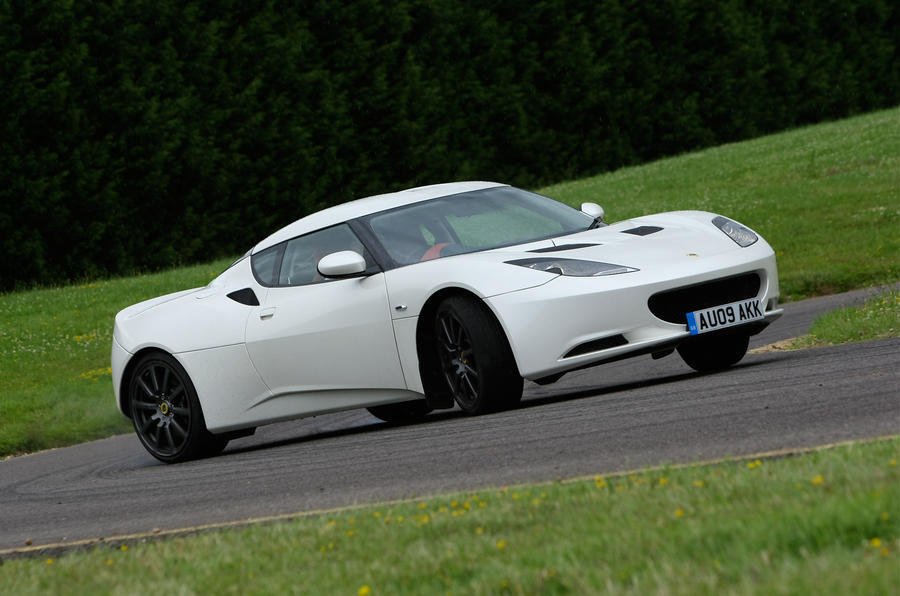
Combined, Lotus says it will have sold around 55,000 examples of the three cars once the final examples leave the assembly line this year. But with those cars built on a platform that is now 25 years old, the new model will kickstart the modernisation programme instigated by Geely when it bought the firm.
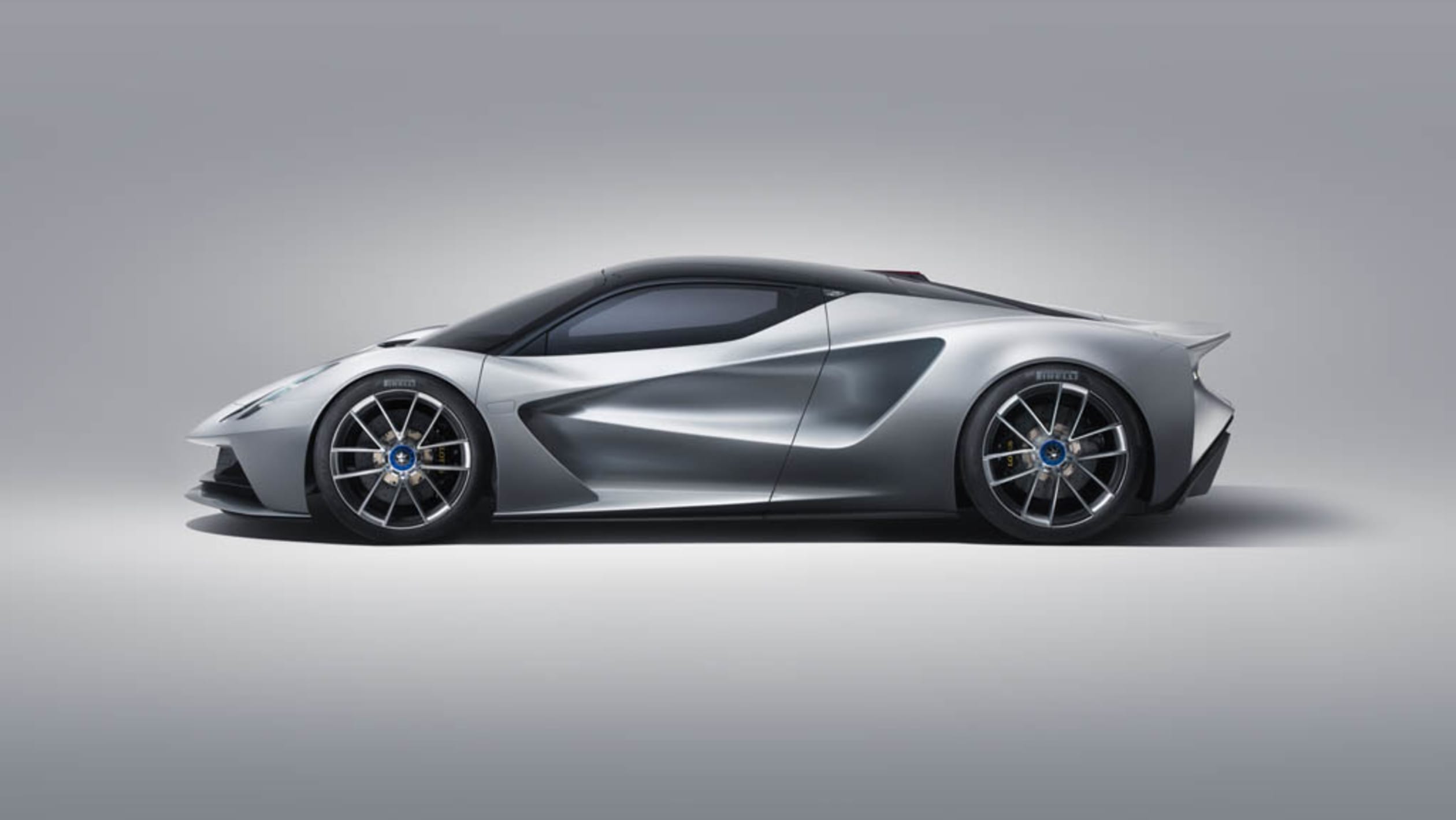 The first new Lotus since the Geely purchase, the limited-run Evija electric hypercar, will go into production at Hethel later this year.
The first new Lotus since the Geely purchase, the limited-run Evija electric hypercar, will go into production at Hethel later this year.
Lotus CEO Phil Popham said: “This year will be hugely significant for Lotus, with new facilities coming on stream, a new sports car entering production and new levels of efficiency and quality that only a new car design and factory can deliver.
“Despite the continuing global challenges, Lotus has emerged from 2020 strong and on track in the delivery of our Vision80 business plan. ]
“Lotus is all about looking forward, and our future is full of continuous innovation. In 2021, however, we will be reflecting on the legacy of our current range, starting with the Elise, a sports car that genuinely revolutionised the automotive industry, not only because it is a legend-in-its-own-lifetime but also for its impact on car design and technology.”
The company promises that “a full programme of activities” is planned to celebrate the three departing models this year. That will start with the Elise, which is described as “the elder”.
Lawrence Allan




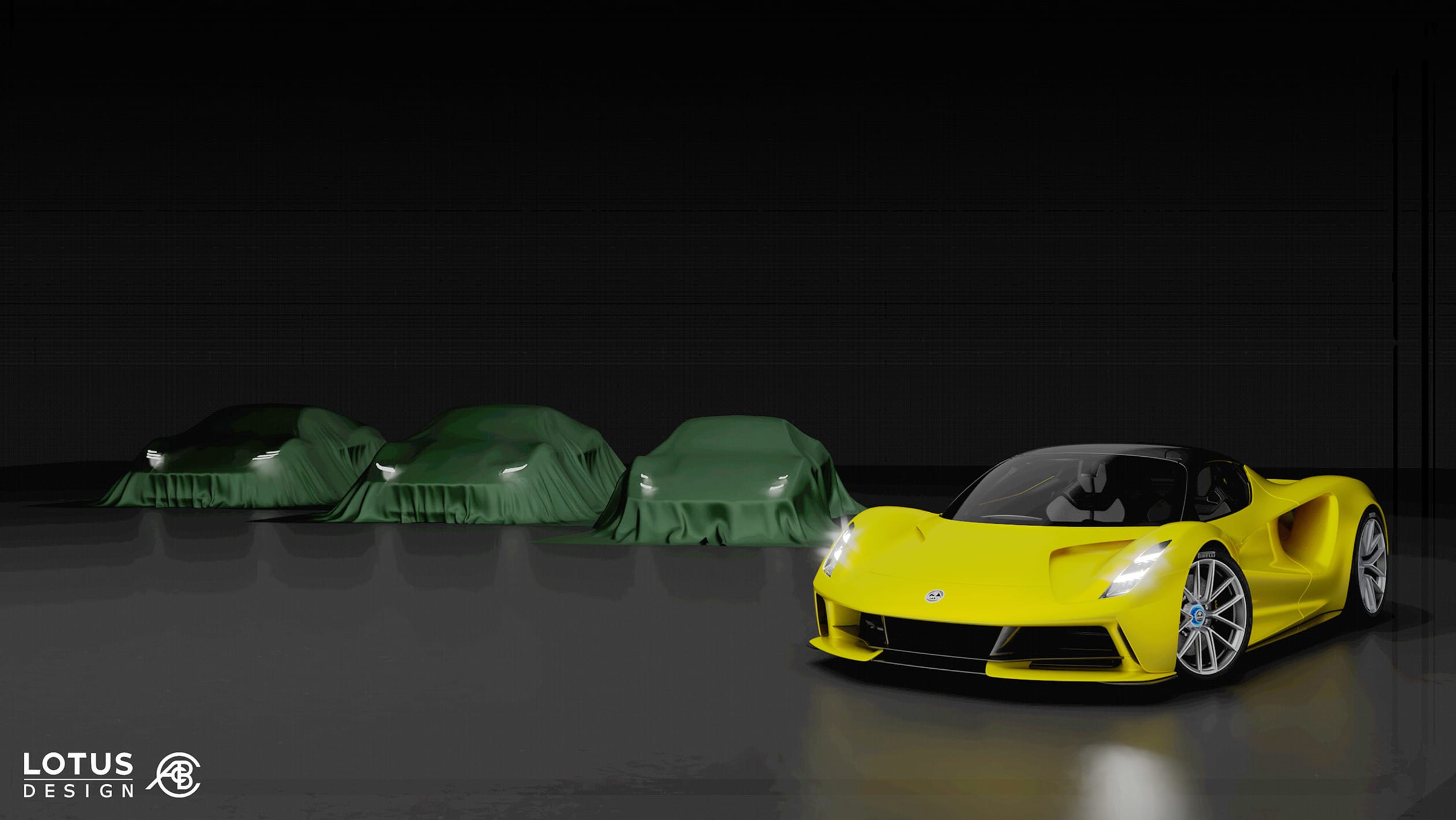 Lotus will this year end production of the Elise, Exige and Evora models as it gears up for production of its new sports car series.
Lotus will this year end production of the Elise, Exige and Evora models as it gears up for production of its new sports car series.